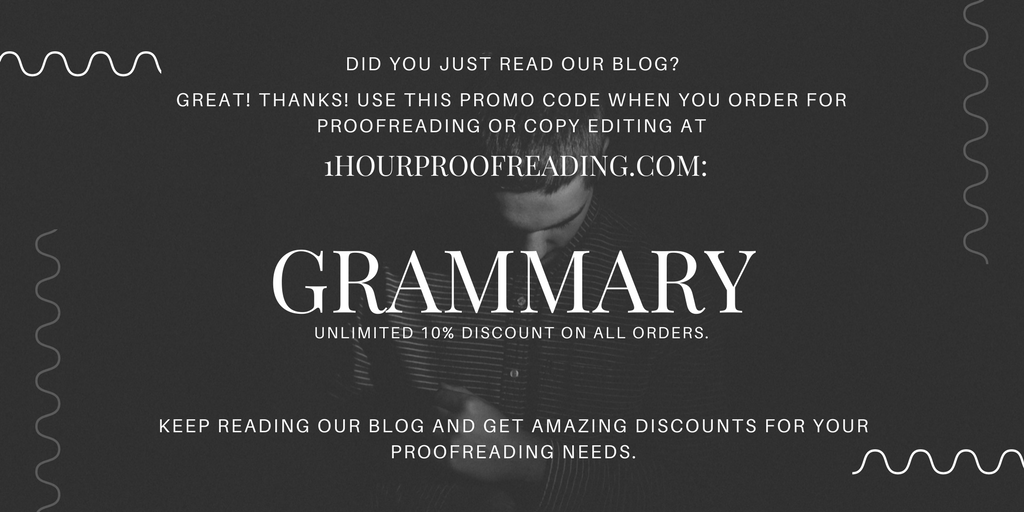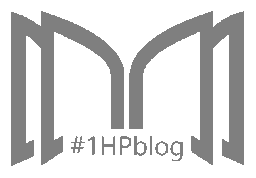Fiction Starter Pack: The Basic Elements of Fiction Writing
Posted on Jan 15, 2019
Creative writing has many forms, and there are many approaches to writing any single one of them. For fiction, the first thing to do is think and imagine story elements, but what follows? How does one go about writing it down and arranging it in a manner that makes sense?

People still haven’t fully agreed on the number of elements that strictly constitute fiction. So for now, let’s go with six key elements: setting, characters, plot, point of view, theme, and style.
The first three elements are geared toward the structure and content of the fictional world
- Setting
This includes geography, culture, language, government, livelihood, among others. Every world’s special twist—magic, incredibly sophisticated tech, supernatural creatures, or a reimagined era—is in the setting. This element establishes the environment that characters will interact with and in. This relationship between the setting and characters is crucial to building the world and the plot. Narnia wouldn’t be Narnia without its host of magical creatures and ancient laws, right?
- Characters
They’re the stars of the show. They come complete with fascinating backgrounds, complex personalities, and tear-jerking character development—and readers just dig them. They’ll serve as the senses of the readers, gateways to experience the world and story. It’s best to make them interesting since they’re big players in the plot and in keeping the reader's attention.
- Plot
All the drama that unfolds from start to finish falls under this element. It’s the outline that's usually found at the table of contents, the back page, or on online reviews, and . . . well, spoilers. It generally flows like this:
- Point of view (POV)
This controls how, what, and how much the reader will see. Will the readers know how Kat feels about her breakfast? Or will they watch from the distance as Alex and his friends wade into a crystal-clear lagoon surrounded by mighty rocks and lush greenery?
- Theme
A central idea that ranges from abstract concepts and ideas to universal truths and experiences. Things like the cycle of life and death, loss of innocence, and why teenage problems pop up the same time as zits do are common examples. This is the core of the human experience that will resonate with your readers.
- Style
The author’s unique tone of writing that includes syntax, word choice, tone, emphasis, perspective, and all other touches and flourishes. It is often what distinguishes one author from another. Rick Riordan is known for being a sassy writer who likes cracking witty jokes at the expense of divine beings. There’s also the more emotionally raw Adam Silvera, who makes readers cry from all the feels. Whatever the style, it'll make up the poison that will intoxicate readers with the inability to stop reading.

Charlie from The Perks of Being a Wallflower was an awkward kid with lots of spot-on insights and well-hidden secrets, and readers just couldn't get enough of him and his friends. Through him, readers experienced what it's like to be a shy kid who's just getting a taste of all these wonderful teenage adventures, while dealing with the ugly truth that hides behind all of us.

Introduction >>> Rising Action >>> Climax >>> Falling Action >>> Resolution
The characters, the setting, and the conflict are all established in the introduction. The rising action is when things start getting complicated, leading up to the climax where the conflict explodes and the drama just gets too good to stop reading. It then tapers to the falling action, where the consequences of the characters’ actions start taking effect and problems begin to be resolved. It all ends with the resolution, the ending that results from everything that occurred.
Take, for example, the Hunger Games. *POTENTIAL SPOILERS* Readers are introduced right away to the Hunger Games with Katniss volunteering for the deadly competition. The rising action begins when the game masters start rigging traps for Katniss and her friends, and it all climaxes in a to-the-death match between the remaining tributes. The plot calms down to a falling action after Katniss and Peeta outwit the game masters and survive, with the resolution showing them as victors returning to their home district.
A well-done story will show readers how the world and its people will rise and fall. Without it, it’ll just be like an encyclopedia with entries about people, places, and phenomena—a static alternate world.
The last three elements lean toward the storytelling side:

Typically, the first-person POV is more personal and offers deep insight on what the characters feel. In the Lorien Legacies, readers knew exactly what Four felt about his destiny to save his former planet. But since Four didn’t know everything his alien pursuers had planned, readers also got a healthy dose of suspense.
Third-person POV shows scenes, places, and relationships in their entirety. This usually works for fantasy novels like the Earthsea cycle where readers can get a glimpse of the characters’ thoughts while taking in the beautiful places they visit in their adventures.
Lastly, second-person POV makes the readers participants in the story themselves. A popular example of this nowadays is fanfiction where readers usually get to go on a date with their fictional crushes.

Game of Thrones drives one of its major themes home with its ongoing bloodbath and machination party: that politics is a dangerous affair that can get you the world . . . or killed. So remember, the theme is message that will be acted out by your characters and will be mirrored by your world as the story goes.

Understanding these six elements allows us to point out, create, and critique fiction. When writing, always go back to these six and you’ll be a fiction pro in no time!
Got questions on the topic? Just shoot us a message and we’ll answer as best as we can! That’s all for now. Buh-bye!
Source:
Disclaimer: Images are not ours. Credit to the owner.
About 1-Hour Proofreading
1-Hour Proofreading is a growing start-up offering fast and efficient editing services at a reasonable price, with the assurance that the document is publication-ready the soonest you need it. Its team of highly competent professional editors is committed to helping those in need of quality editing services while facing tough deadlines.
Visit 1hourproofreading.com for more details.
Follow us:
Back to Grammary



